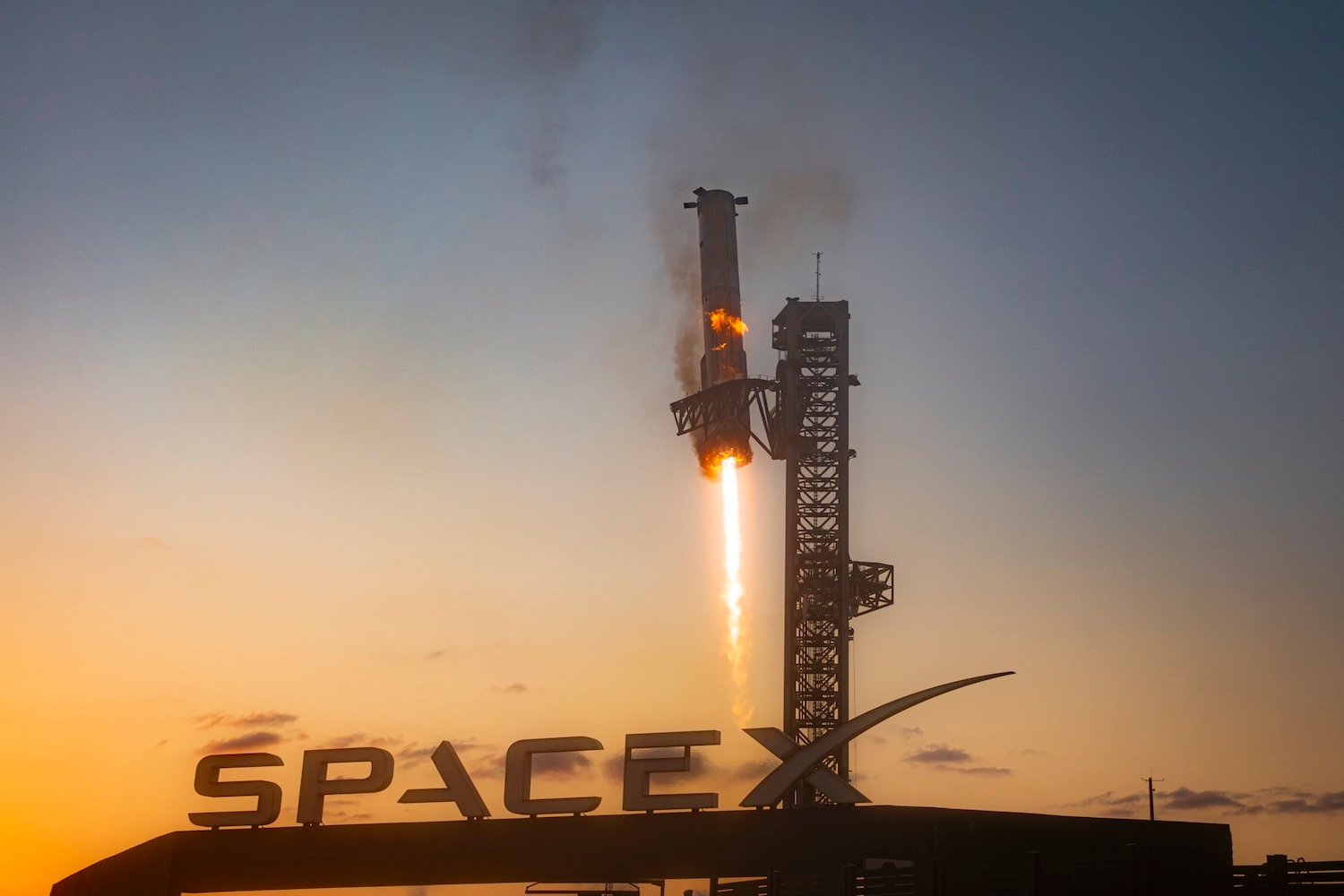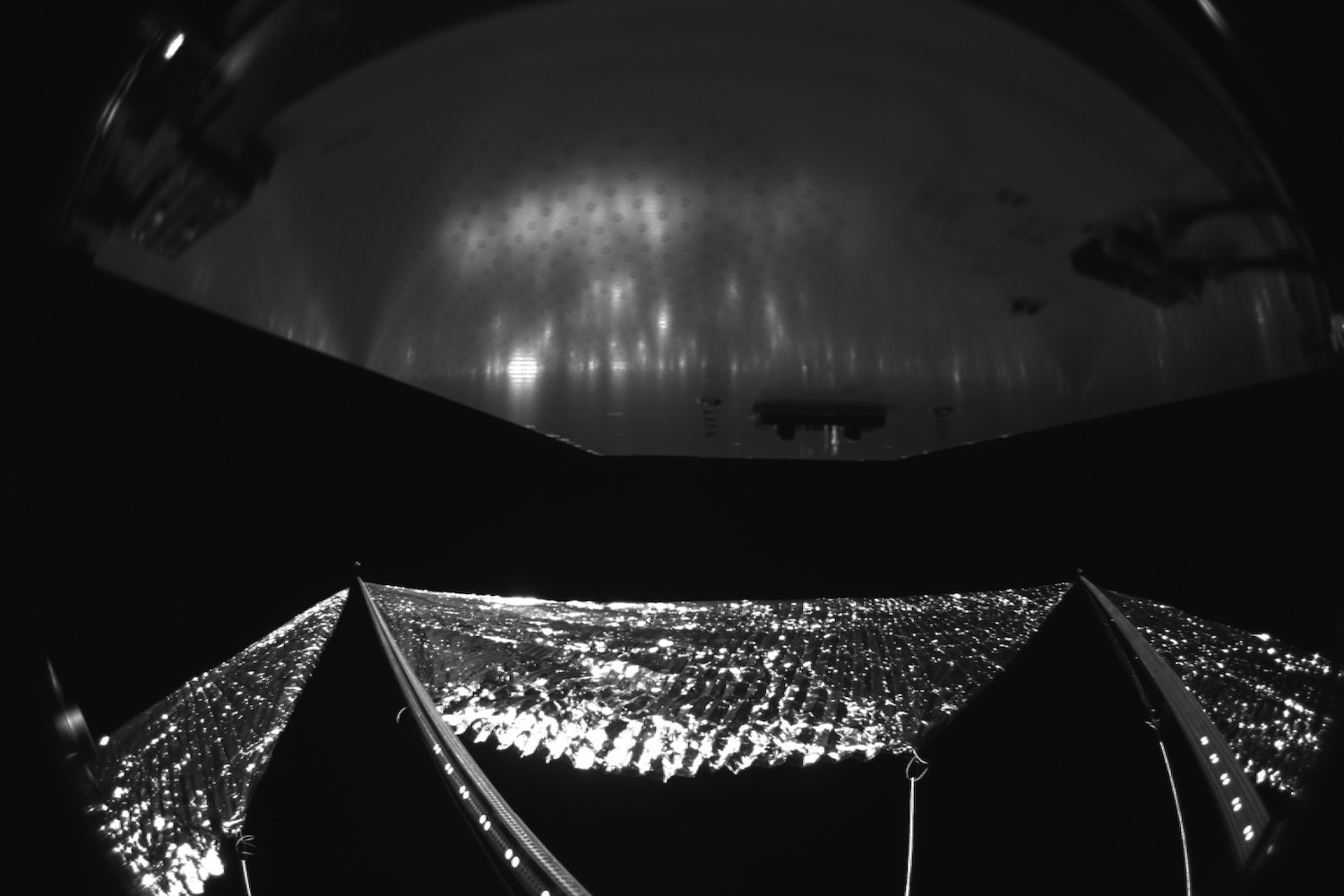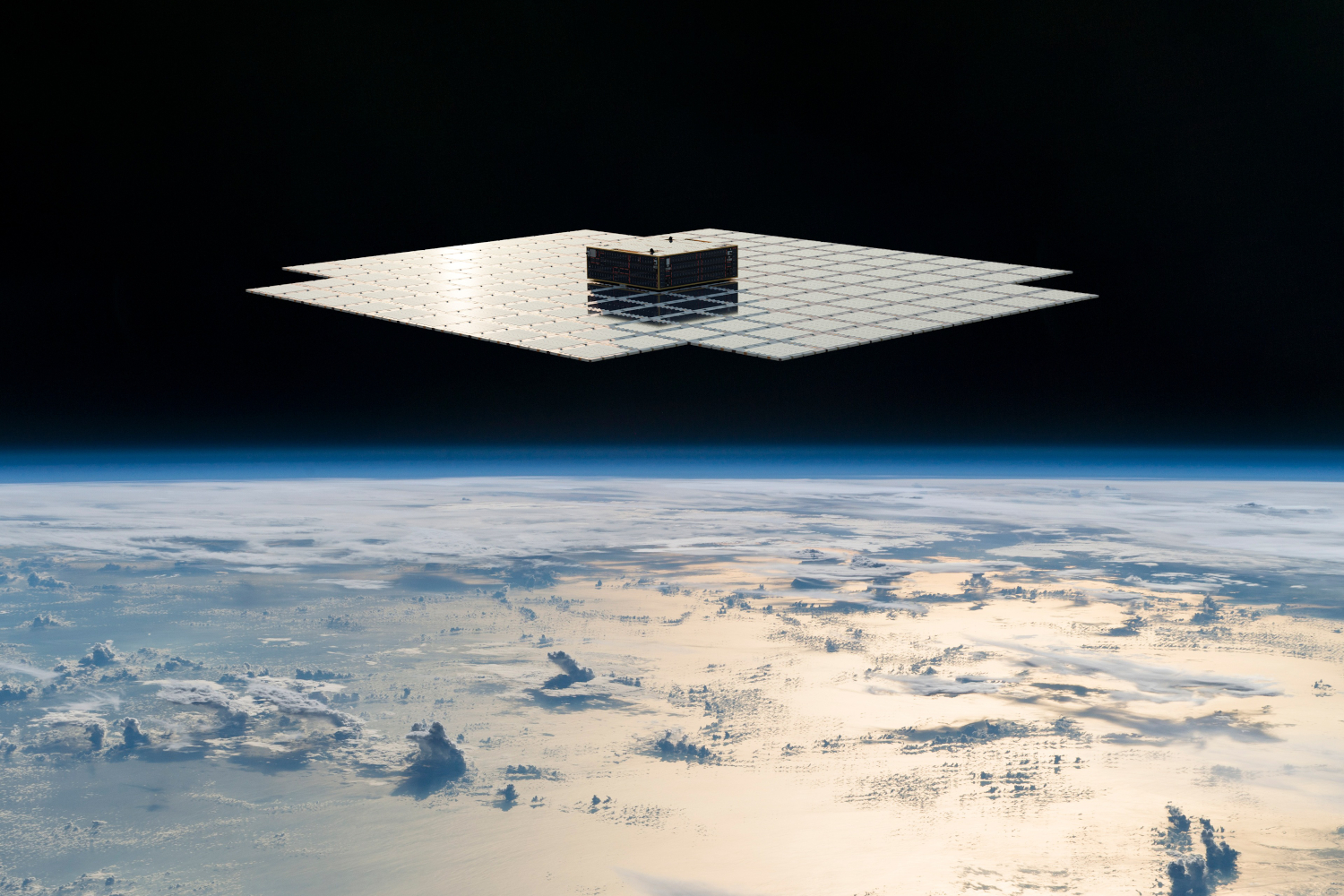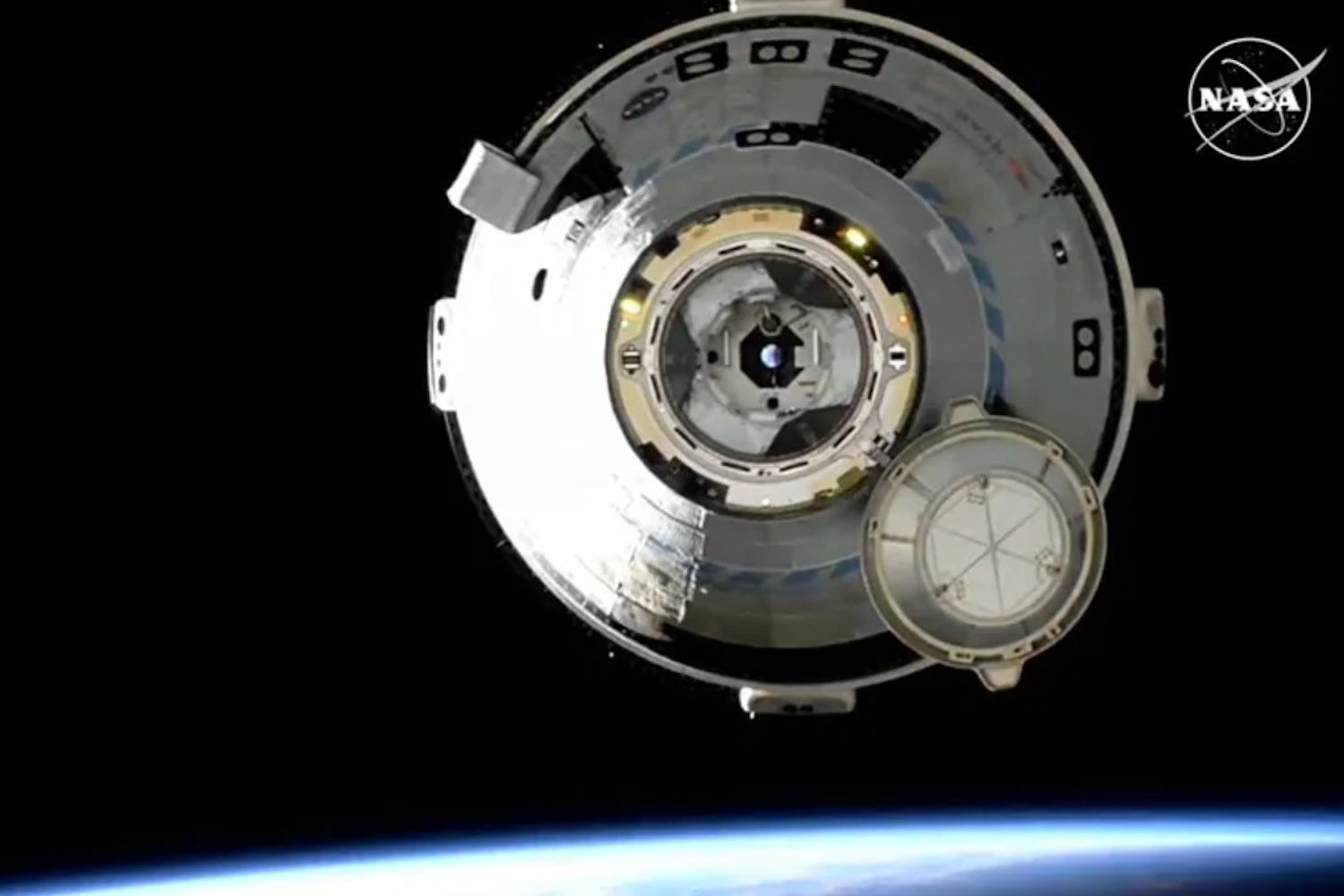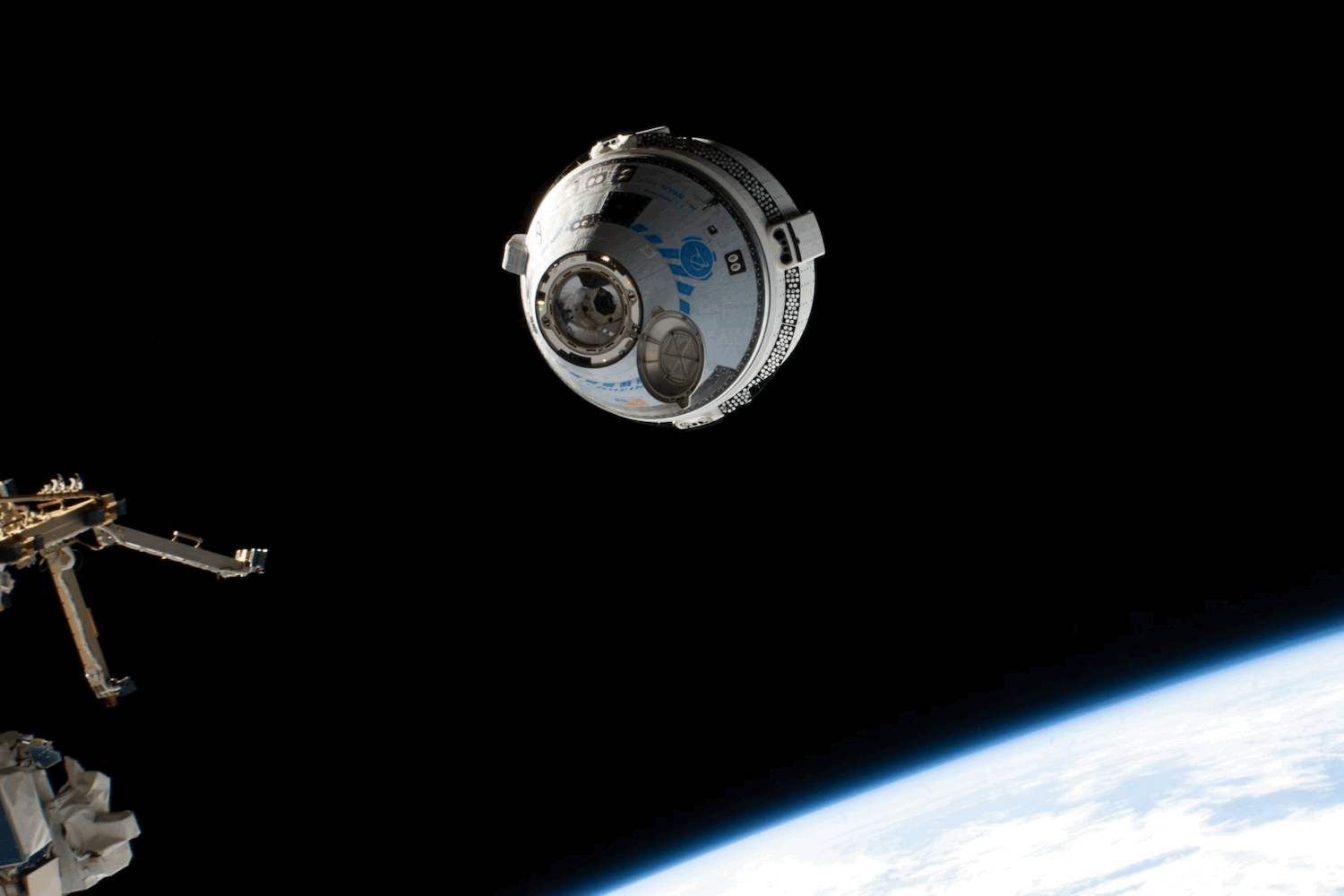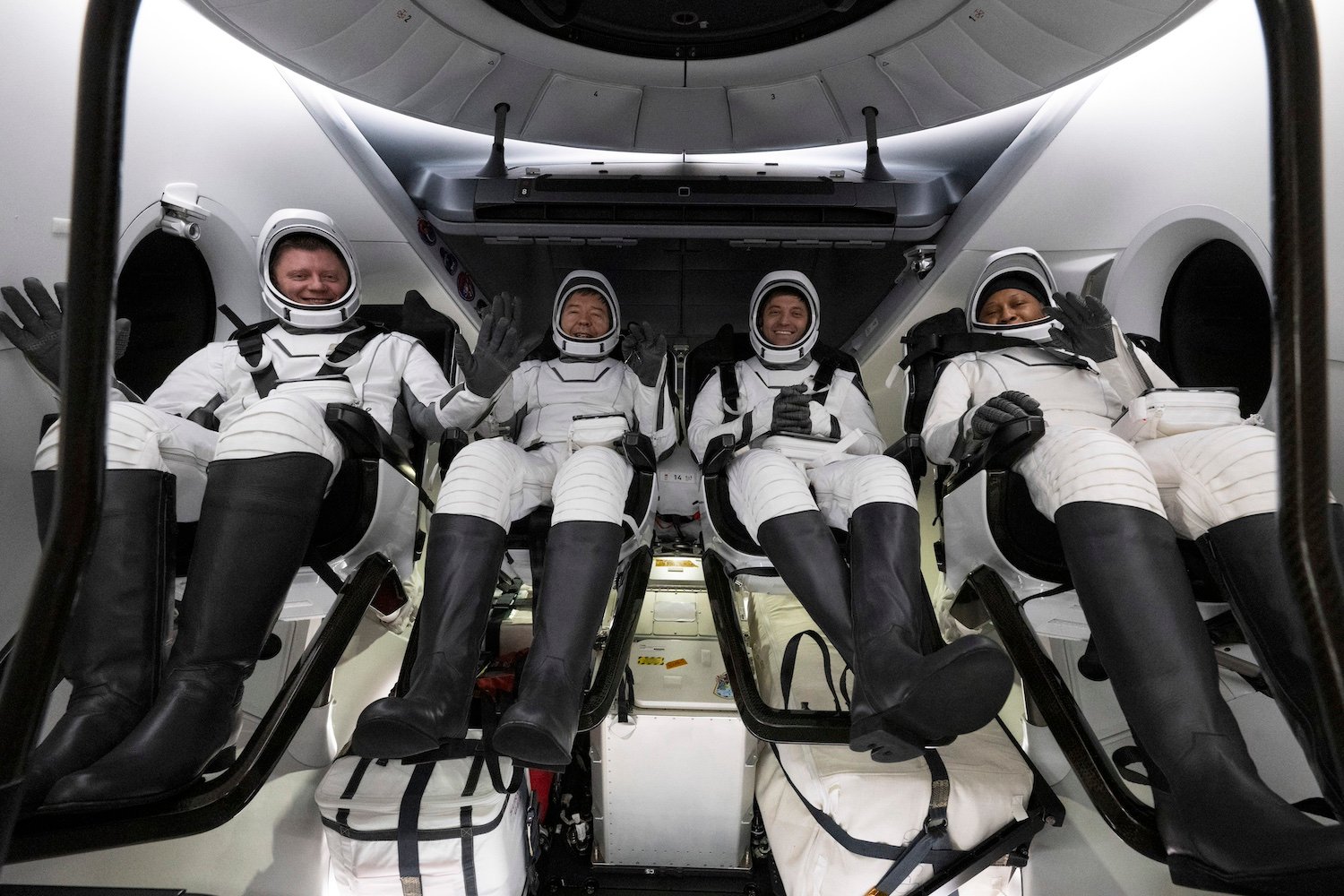SpaceX, following a successful Starship test flight involving a mid-air booster catch, is setting its sights on achieving full reusability for its heavy launch vehicle. The company plans to replicate the mid-air catch maneuver for the rocket’s upper stage, potentially as early as next year.
The fifth Starship test flight, launched on October 13, 2024, from Starbase in Boca Chica, Texas, marked a significant milestone. The Super Heavy booster, standing at 232 feet (71 meters), was successfully caught by the launch tower. The upper stage completed a controlled splashdown in the Indian Ocean, landing near a camera-equipped buoy. SpaceX highlighted the upper stage’s successful “flip maneuver and landing burn,” emphasizing improvements that protected the flaps from high heating during reentry.
Catching the Ship: A New Milestone
While the booster catch garnered significant attention, SpaceX intends to apply the same technique to the 165-foot (50-meter) upper stage, also known as Ship. Elon Musk, SpaceX’s CEO, indicated this goal, suggesting it could be achieved “early next year.” Musk emphasized the importance of full and rapid reusability for reducing the cost of space access and enabling future interplanetary missions.
From Explosions to Controlled Splashdowns: Starship’s Journey
SpaceX’s journey with Starship has been marked by both setbacks and significant progress. The inaugural flight in April 2023 resulted in a self-destruct command. The second test flight in November 2023 saw the in-flight destruction of both stages. Subsequent flights, however, demonstrated improvements, including successful stage separation, engine burns, and controlled reentry. The latest test flight showcased a significant leap in engineering, successfully catching the booster mid-air.
Building on Booster Landing Experience
SpaceX has extensive experience with booster landings, having recovered its Falcon 9 booster over 300 times. While Starship’s upper stage is also designed for independent landings, previous high-altitude tests with prototypes SN8 through SN11 experienced crashes and explosions.
Future Implications: Moon, Mars, and Beyond
SpaceX envisions Starship playing a crucial role in future space exploration, including NASA’s Artemis 3 mission to the Moon and potential human missions to Mars. Catching the upper stage mid-air could enhance reusability, contributing to the feasibility of these ambitious projects. The upper stage will need to perform precise landings on both the lunar and Martian surfaces.
Conclusion: A Giant Leap Towards Reusability
SpaceX’s pursuit of full Starship reusability represents a significant advancement in space technology. The successful mid-air catch of the booster, coupled with plans to replicate the maneuver for the upper stage, sets the stage for more cost-effective and frequent space travel. While challenges remain, the progress made with Starship underscores SpaceX’s commitment to pushing the boundaries of space exploration. The company’s continued advancements promise exciting developments in the near future.



